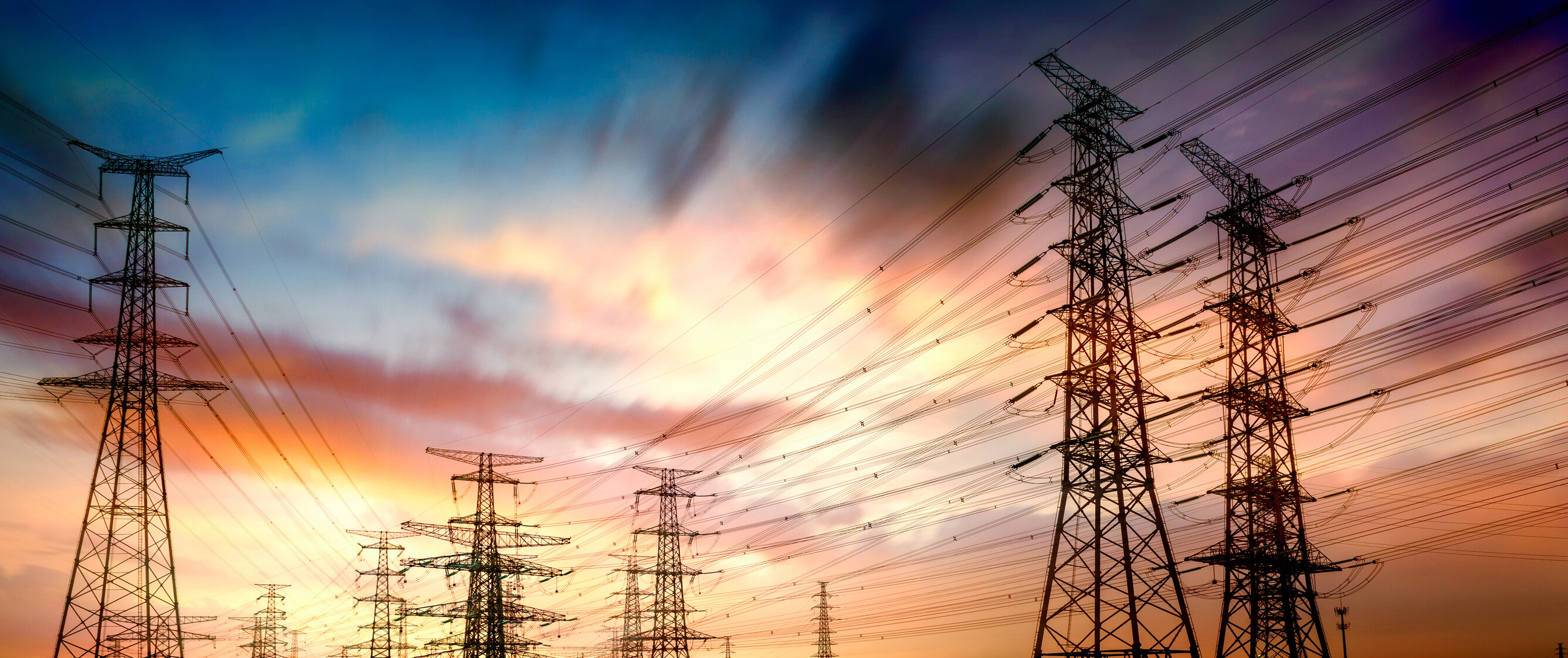Renewable energy just had its best year yet

A new report has found that renewable energy power capacity around the world grew more in 2015 than in any other year in global history. Image: REUTERS/Fabian Bimmer
A new report has found that renewable energy power capacity around the world grew more in 2015 than in any other year in global history.
The Renewables 2016 Global Status Report, published Wednesday, determined that by the end of 2015, "renewable capacity in place was enough to supply an estimated 23.7% of global electricity." A majority of the new additions to sources of renewable energy in the power sector came through wind, solar and hydropower, according to the BBC.
"Renewables are now established around the world as mainstream sources of energy," the report declares. It attributes the surge in investment and construction to many factors, including the declining cost of renewable technologies, shifting public policy priorities, growing concern about the environment and escalating energy demands in developing and emerging economies.

The report also found that for the first time ever, developing economies invested more in renewable power and fuels than developed economies. "The developing world, including China, India and Brazil, committed a total of $156 billion, up 19% compared to 2014," the report states. "China played a dominant role, increasing its investment by 17% to $102.9 billion, accounting for 36% of the global total."
The renewable energy sector also became a bigger provider of jobs around the world, growing in 2015 to include over 8 million jobs.
Don't miss any update on this topic
Create a free account and access your personalized content collection with our latest publications and analyses.
License and Republishing
World Economic Forum articles may be republished in accordance with the Creative Commons Attribution-NonCommercial-NoDerivatives 4.0 International Public License, and in accordance with our Terms of Use.
The views expressed in this article are those of the author alone and not the World Economic Forum.
Stay up to date:
Energy Transition
Forum Stories newsletter
Bringing you weekly curated insights and analysis on the global issues that matter.






